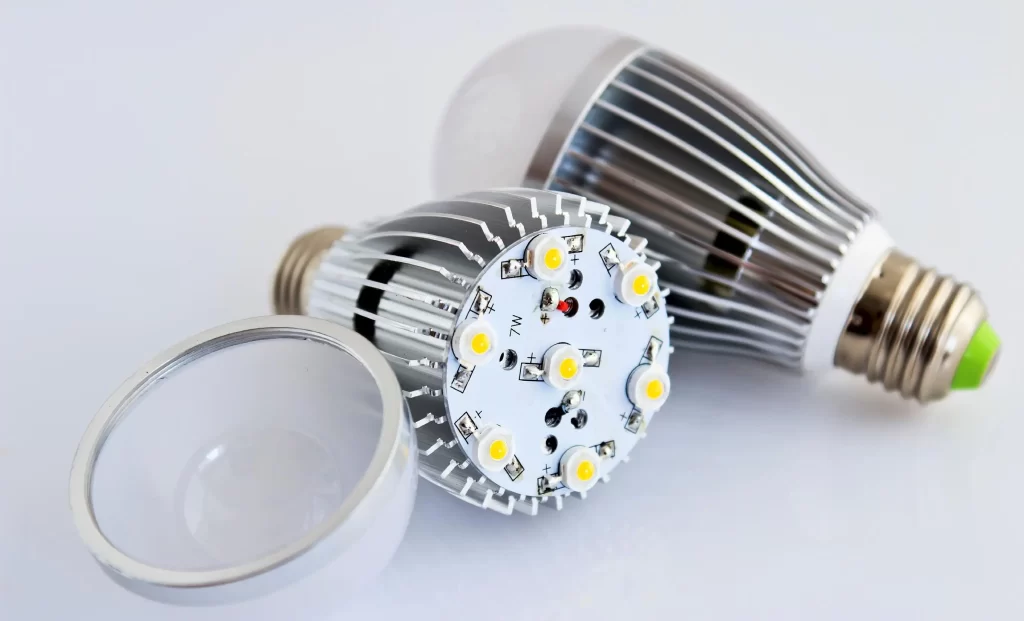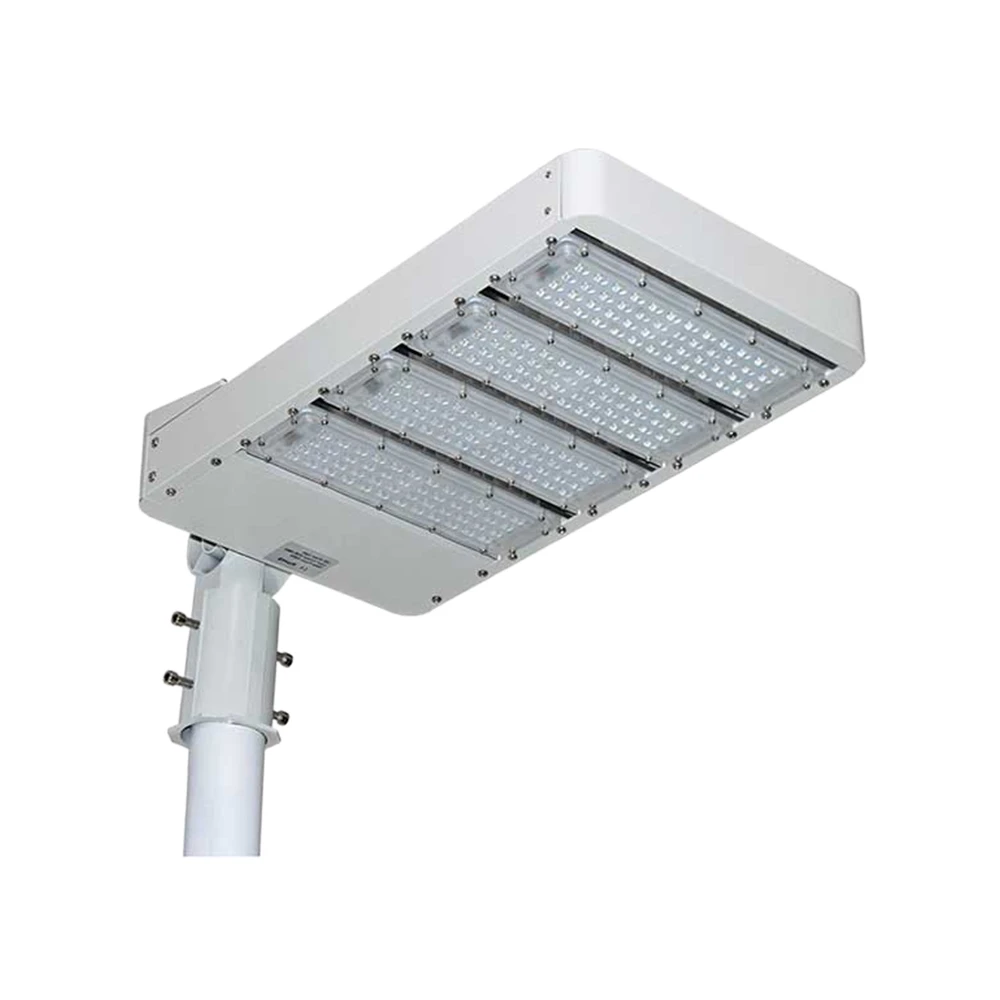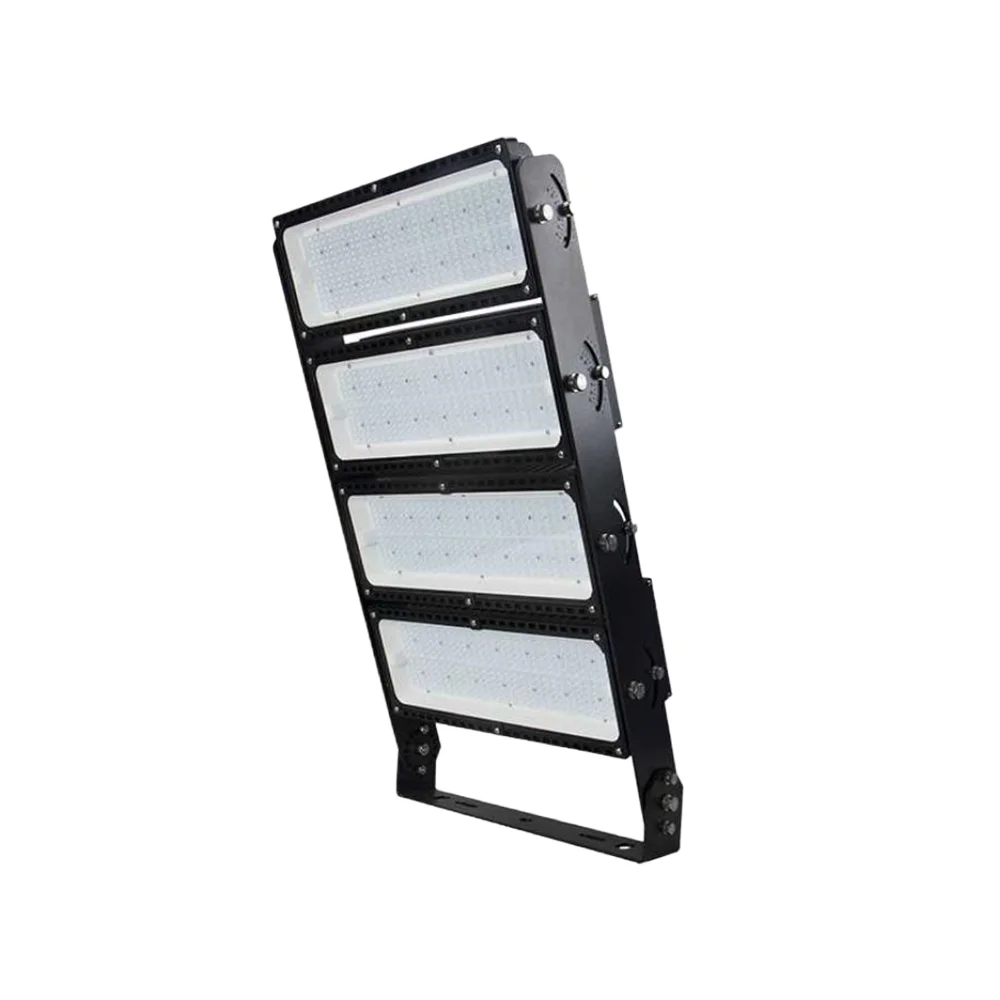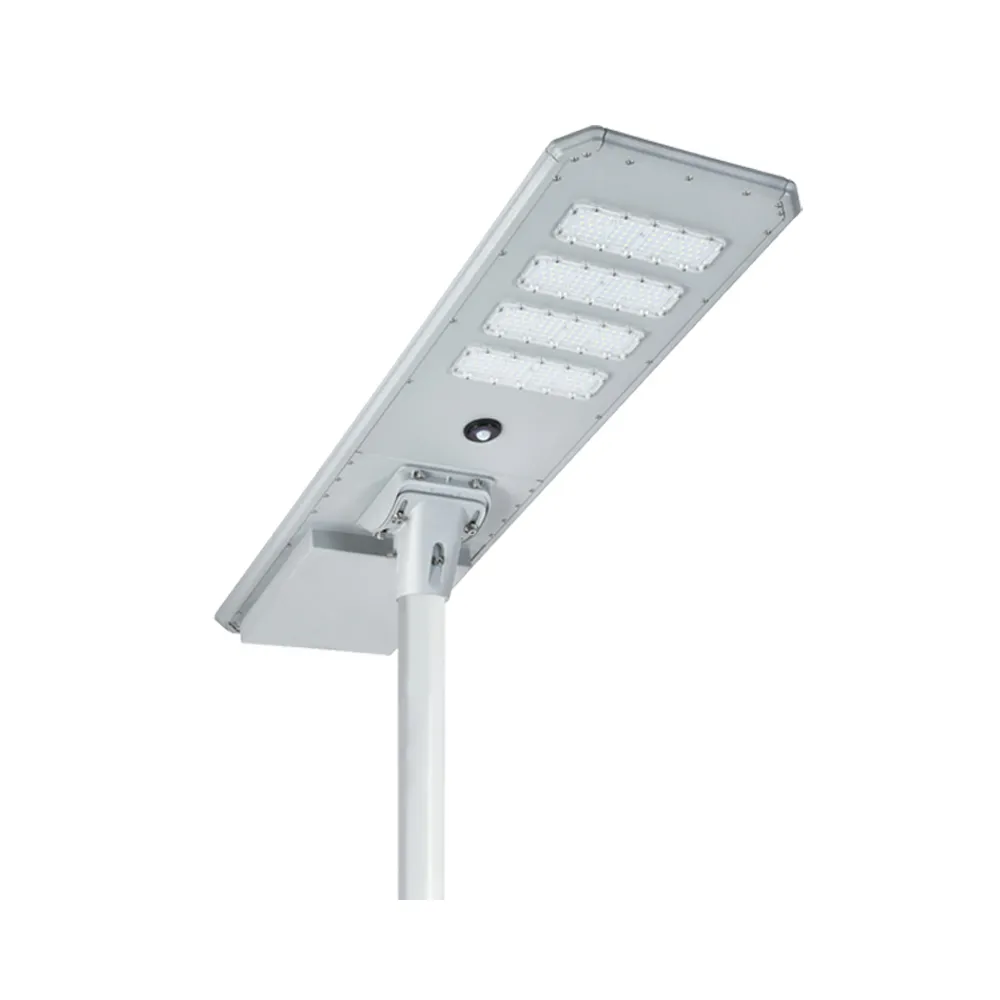Every day, LED lights replace a number of traditional light fixtures because of their long lifespan and the great economic benefits they bring. But you may always find clients complaining about the LED lights they bought, saying that they don’t last at all. So how long do LED lights really last, and how to prolong their lifespan? Continue reading and get to know the most expert information about LED lights!
How long do led lights last?
Single-light-emitting diode (LED) lights have a theoretical service life of 100,000 hours. However, because other electrical components also have a lifespan, the LED bulb cannot have a service life of 100,000 hours once constructed. In general, it is about 50,000 hours.
The fact that LEDs do not experience filament melting is the reason for their long lifespan. The LED will progressively deteriorate over time rather than abruptly stop working. Generally speaking, after 50,000 hours of continuous use, high-grade LEDs will be able to retain over 60% of their original brightness. The LED may still be producing light, albeit very weakly, if it has reached the end of its rated service life.
Do LED lights get worn out?
LED lights won’t get worn out, but they will be affected by light decay. If the power supply and driver don’t fail, the LED’s life depends on its light decay, which means that the brightness decreases over time until it finally goes out.
Methods to measure the lifespan of LED lights
We can predict the lifespan of LED lamps using commonly used tests such as the LM80, L70/B50, and TM-21 tests.
The LM-80 measures the lumen maintenance rate of LED packages, arrays, and modules at various temperatures. It is tested for at least 6,000 hours and upgraded every 1,000 hours. Tests should be conducted for 10,000 hours.
The L70/B50 approach calculates the time required for 50% of the product’s light output to fall below 70% of its initial value. This is how LED light lifespan is typically defined.
TM-21 can predict lumen maintenance after illumination for various durations of time in a short amount of time during testing. Nevertheless, TM-21 only addresses the testing of LED modules, arrays, and packages; it leaves out the effects of additional parts, including drivers, thermal management, and packaging.
Factors that affect the lifespan of LED lights
Thermal management: Since LED lamp beads are extremely heat-sensitive, high temperatures will shorten their lifespan. As a result, efficient thermal management—which includes thermal materials, thermal structures, and thermal design—is crucial. Thermal management is especially important for outdoor light fixtures like the street lights.
Current and voltage: If the current and voltage is too high or too low, they can damage LED chips or reduce its brightness. Furthermore, the volt-ampere properties of LEDs dictate that their power supply can only be a constant-current power supply. A non-constant-current power source will limit the LED lamp’s lifespan and cause rapid light decay.
Environment: Harsh environmental factors may shorten the life of an LED lamp, which include high temperatures, high humidity, intense vibrations, or corrosive gases. Dust and bird dropping accumulation will lower the efficiency of outdoor lighting’s heat dissipation. Furthermore, the outdoor environment emits intense UV radiation that will shorten the LED’s lifespan.
How can the LED lights last longer?
To maximize their lifespan, LEDs must be carefully designed during the production process.
Design of heat dissipation: Enhance the design of heat dissipation at every stage of the process. These steps include chip level, package level, board level, and system level. Thermal holes are added to the LED’s heat transfer base and surrounding area. Then, a layer of copper foil is plated around it to minimize the heat dissipation substrate’s thermal resistance. Additionally, employ heat sinks, heat pipes, vapor chambers, loop heat pipes, Piezo fans, and other cooling devices.

Epoxy resin: Since the encapsulating resin reflects the light produced by the white LEDs, stopping its use can eliminate deterioration factors. A resin reflecting plate will result in a significant decrease in light output. This is also the main reason for the use of metal and ceramic packaging materials.
Encapsulation process: In the same aging environment, LED lights encapsulated with conventional primer had 76% less light attenuation than LED lights encapsulated with Class A low-attenuation adhesive. Consequently, selecting LED lights with high-quality packaging will significantly increase their lifespan.
The production of Casyoo LED lights are under strict supervision and applies the best materials. We spare no effort to provide LED lights that can last as long as possible.



Conclusions
LED lights do have a longer lifespan than traditional lights. By reading this passage, I hope you get to know more about the real lifespan, the ways to measure the lifetime, what affects it, and how to prolong the working hours. Remember, the key to finding an LED light that lasts a long time is to buy from qualified manufacturers like Casyoo. If you need other help while choosing LED lights, you can reach out to us at any time!





